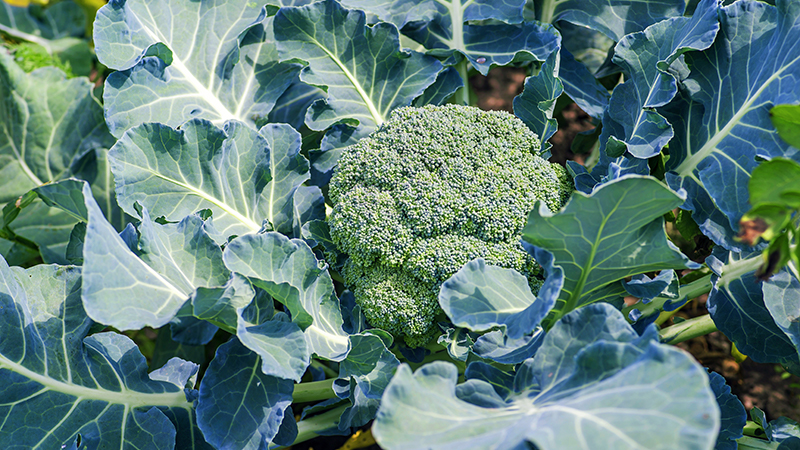Joel Nelsen: Decisions Needed On Drought [Opinion]
 Former President Dwight Eisenhower once remarked that farming is easy when you are 1,000 miles away, the field is a piece of paper and the plow is a pencil. That sage statement made more than 50 years ago rings truer today as state and federal entities attempt to determine what agriculture and fish need in terms of water to survive the balance of 2014. Conflicting regulations, laws and agendas have now created a massive bureaucratic process in which too many cooks are in the kitchen when all we need is one chef.
Former President Dwight Eisenhower once remarked that farming is easy when you are 1,000 miles away, the field is a piece of paper and the plow is a pencil. That sage statement made more than 50 years ago rings truer today as state and federal entities attempt to determine what agriculture and fish need in terms of water to survive the balance of 2014. Conflicting regulations, laws and agendas have now created a massive bureaucratic process in which too many cooks are in the kitchen when all we need is one chef.
Flexibility no longer exists as every ounce of developed water, even in wet years, is accountable. Since 1992 the nation’s fruit bowl, better known as the San Joaquin Valley, has lost more than 5 million acre feet of water. The Central Valley Project Improvement Act, biological opinions and river restoration edicts leave a system, that if Mother Nature cooperates, can satisfy a thirsty area. For the last three years she has not and because water volume lost is greater than Lake Shasta storage, there is no fudge factor. Put a different way, the state has lost, via government and legal opinions, 10 times the amount of water that is stored in Millerton Lake annually.
However, only delays and sacrifice are put forth. Agencies in late February depicted an Armageddon for fish, farms, and people. Since then, more than 2 million acre-feet have been restored thanks to March storms. Since then the benchmark for fish kill has not been approached. Yet the Armageddon decision continues because the term balance is not considered at federal offices such as the National Marine Fisheries Service, Bureau of Reclamation and Fish & Wildlife Service.
More efficiency is touted, some sacrifice is needed and more regulation is in the offing. According to a 2011 report by the Fresno State Center for Irrigation Technology, “Farmers have nearly exhausted conservation methods for agricultural use of irrigation water.” They may save another 1.3% of existing supplies according to the report, or about 330,000 acre feet. The report stipulates that farmers have increased water use efficiency by almost 200% and statewide the utilization of drip irrigation has increased by 150%. And yet federal and state agencies suggest more sacrifice is needed.
$3 Billion Hit
Defining sacrifice for the citrus industry, if nothing changes, is removing 50,000 acres of commercial production that results in an economic hit to the industry and the area of $3 billion more than five years. That is sacrifice! That does not take into consideration jobs lost, small business impacted, homes lost and increased pressure on benefit or entitlement programs.
This also ignores the 800,000 acre feet of water released to the ocean in the Fall of 2013. Modeling, formulas, scenarios, and futuristic assumptions have taken control of decision making. The inability to make a decision is forcing producers to leave productive land fallow, growers are turning to tractors to bulldoze trees and vines. We label a weather forecast longer than 10 days out a fantasy forecast, but directors and administrators hide behind perceived need when real need is staring them in the face.
The citrus industry sets a crop in April and May. This requires water. No water — no fruit. The east side of the San Joaquin Valley is presently “underwater” because of demands from senior water rights holders who can’t access more of their allocation even though more is available. The citrus industry will have a crop in 2014-15. It will be one of the smallest in recent history. Balance is unobtainable and decision-making is a lost art.










